|
|
|
Hermes 1500
|
|
| |
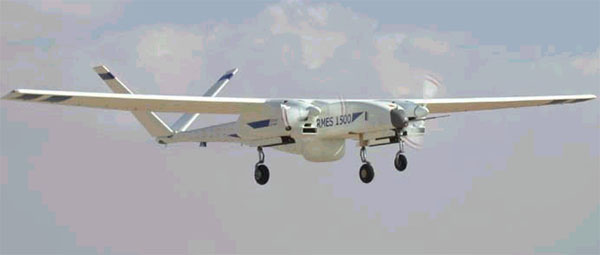
|
| |
A twin engine Medium Altitude Long Endurance (MALE) UAV system, the Hermes® 1500 is capable of a maximum takeoff weight of 1750 kg, maximum altitude > 33,000 ft, more than 24 hours endurance, maximum payload weight of 400 kg, with both Line-Of-Sight (LOS) and SATCOM data links, and operational for both day and night missions.
The Hermes 1500 is highly reliable (full redundancy), with a broad range of valuable payloads, and features the safe-return-home function.
The Hermes1500 is controlled by Elbit Systems UGCS (Universal Ground Control Station) which can control two UAVs at any given time from a single station while a single operator operates the air vehicle and payloads for each UAV.
|
| |
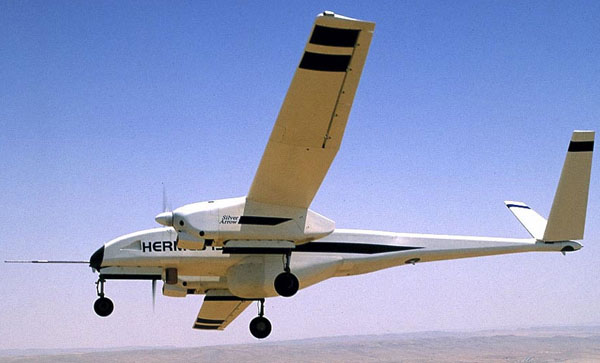 |
| |
This is a large endurance UAV that can easily be mistaken for any number of private twin-engine passenger aircraft. It is ifact a well-appointed UAV for long-range surveillance and tactical reconnaissance. These aircraft were not used by the Israelis, but were bought by several Israeli allies and business interests, most notably the South Africans, Argentines, and Singapore, as well as some civilian scientific agencies for land survey and mapmaking.
In an press release on 2 June 1998, Elbit Systems Ltd announced the first flight of the Hermes 1500. |
| |
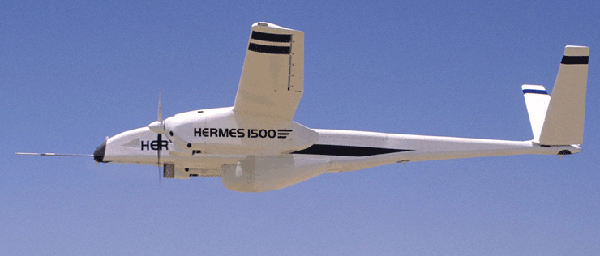 |
| |
Performance: |
| |
Mission radius (LOS) |
200 km |
Endurance |
>24 hours |
Operational altitude |
up to 30,000 ft |
Max. speed |
130 kts |
Cruise speed |
80-120 kts |
|
| |
Technical Data: |
| |
Wingspan |
15 m |
Fuselage length |
9.4 m |
Take-off weight |
1500 kg |
Payload weight |
350 kg |
Power available for payloads |
9.8 kW |
Twin turbo-charge Rotax 914 engines, rated at 100hp each |
|
| |
|
| |
Military support missions:
Non military missions:
-
Coastal surveillance
-
Border patrol
-
Resource exploration
-
Cellular node
-
Atmospheric research
Main Features:
-
Payload capacity: 350 Kg (2000 Liters of unobstructed volume in the fuselage)
-
Complete redundancy of all systems: Engines, avionics, communication, mechanical
-
Fully autonomous flight capability
-
Long endurance on station
-
Common state-of-the-art Ground Control Station - compatible with Hermes 450 system
-
Light, high strength composite material structure
-
Optional BLOS (satellite communication)
|
| |
|
|
|
Ground Control Station
|
| |
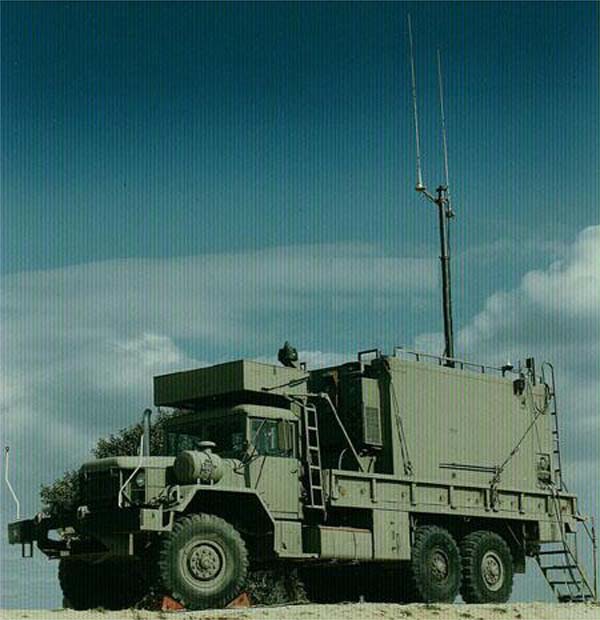
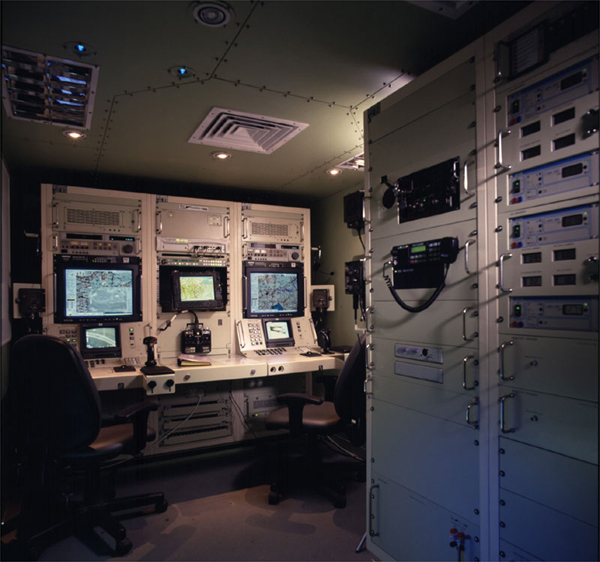
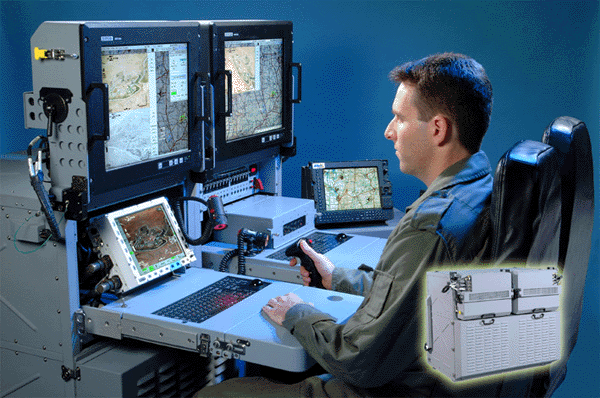
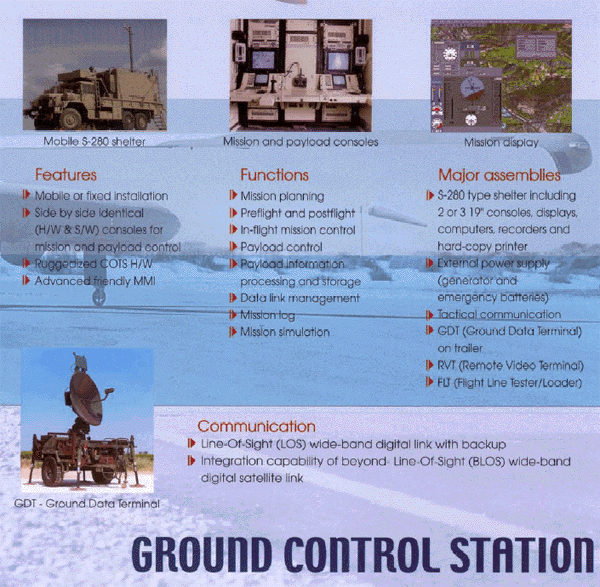
|
| |
| |
Main Features
- Mission planning, management & control
- Built-in data exploitation and dissemination
- Full mission debriefing & simulation
- Identical and redundant consoles
- Single operator, advanced HMI
- Ruggelized COTS H/W
- Commercial S/W tools
- Common GCS / DGCS (Down-sized GCS) to Hermes A/V family
- Interoperability - STANAG optional
- S-280 or downsize mobile station
|
| |
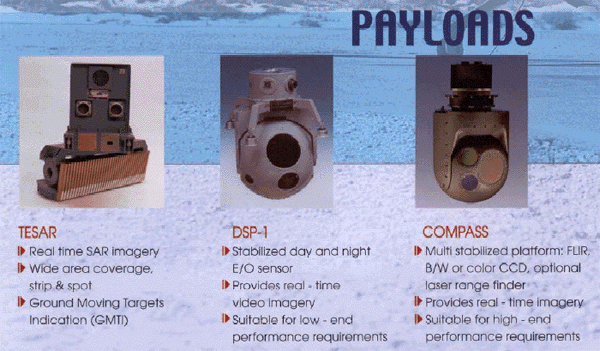
|

|